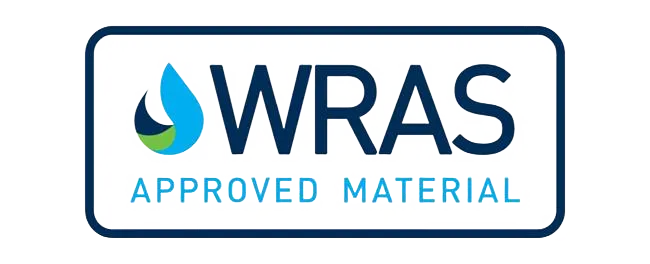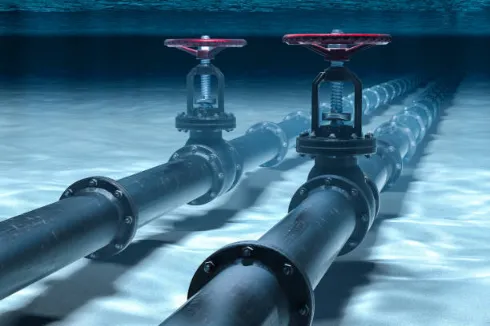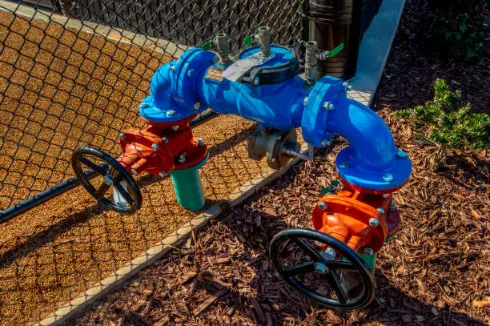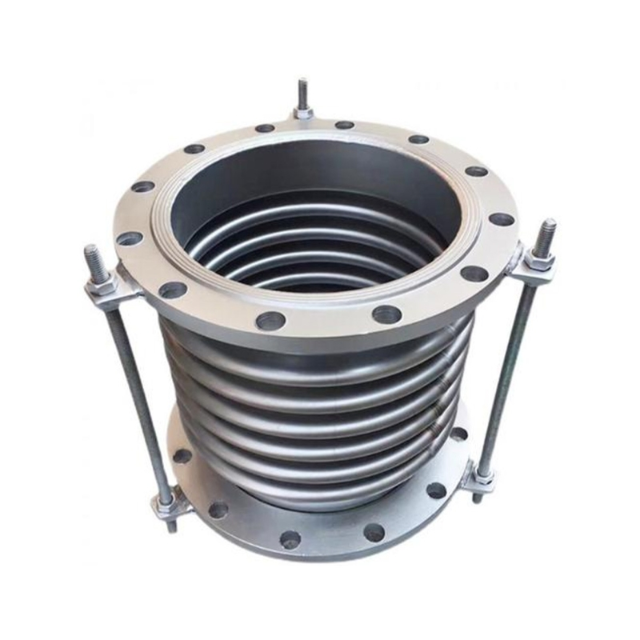
Piping systems deal with tough working conditions every single day. Pumps shake, pressure goes up and down, and temperature changes make metal expand and shrink. Without the right joint, these systems would fail much earlier than expected. That’s why people often compare the Stainless Steel Compensator and the Rubber Expansion Joint to see which one holds up longer.
What Is a Stainless Steel Compensator?
A stainless steel compensator is basically a device designed to absorb vibration and reduce noise in piping. It’s built from several parts: stainless steel bellows, flanges, rods, and nuts. The materials follow strict standards such as EN 10088, EN 1092, and EN 12266. These standards make sure the product works safely. It can handle pressure ratings PN10, PN16, or PN25. It also tolerates a huge temperature range, from -196°C to 450°C, which makes it useful for many different industries. On top of that, the design allows angle deviation up to 30 degrees.
Where Do Stainless Steel Compensators Work Best?
You’ll usually see them at pump connections. Pumps create vibration, and without a compensator, the vibration travels along the pipeline and damages valves. They’re also used in steam pipelines, where extreme heat can cause stress. In long water supply systems, compensators protect the system by absorbing movement and preventing cracks at the joints.
What Is a Rubber Expansion Joint?
A rubber expansion joint is made of rubber combined with layers of fabric. Its flexibility makes it effective at balancing axial, lateral, and angular movements. It’s much lighter than steel joints, and workers often prefer them because they are quick to install and align. Rubber’s natural softness also means better vibration and sound dampening.
Where Do Rubber Expansion Joints Perform Best?
These joints are often installed in heating and cooling systems, chillers, and low to medium pressure water lines. They’re popular in commercial and residential buildings where cutting noise is important. They also make sense where installation speed and cost savings matter more than extremely long service life.
How Do They Compare in Durability?
Durability is where stainless steel usually wins. Steel bellows are strong against both heat and pressure. Rubber, however, starts to harden, crack, or wear down when exposed to high heat or chemicals for too long. In fact, stainless steel can keep working for decades if maintained. Rubber joints normally need replacement within 5 to 10 years, depending on how harsh the system is.
What About Corrosion and Aging?
Stainless steel is known for corrosion resistance. That’s why it’s trusted in water supply and fire safety pipelines. It handles chlorine, heat, and daily operation without losing shape. Rubber joints, in contrast, suffer from aging. Sunlight, ozone, and poor water quality speed up their decline. It’s much like old pipes in a house: once corrosion spreads, replacement becomes the only choice.
Which Handles Extreme Conditions Better?
This question depends on what “extreme” means for your project.
Heat and Pressure: Stainless steel compensators easily take on extreme steam conditions, withstanding up to 450°C and PN25. Rubber expansion joints are limited, often up to 120°C.
Noise and Flexibility: Rubber joints do a better job cutting vibration and noise. Their elasticity makes them more effective in quiet spaces.
So, for heat and pressure, steel is stronger. But if you need silence in an office or apartment building, rubber is usually the smarter pick.
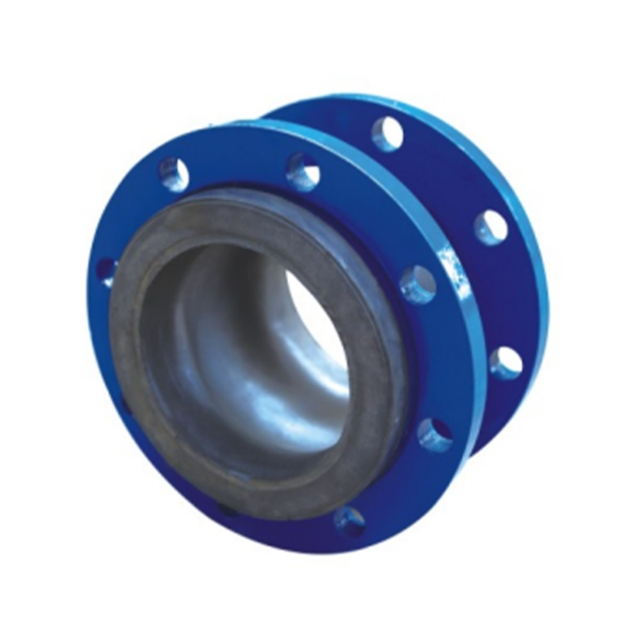
What About Installation and Maintenance?
Rubber expansion joints are lighter and more forgiving. They align more easily, so labor time is shorter. Stainless steel compensators, on the other hand, are heavier and require proper setup to avoid stressing the bellows. That said, once installed, stainless steel often lasts many years longer than rubber.
Just as dismantling joints make pump or valve changes simpler, choosing the right expansion joint prevents extra maintenance headaches. Rubber may seem cheaper upfront, but frequent replacement pushes the total cost higher. Stainless steel takes more planning, but it saves you money in the long run.
Which Option Offers Better Value Over Time?
When you weigh value, think about cost, lifespan, and reliability together.
Rubber expansion joints: cheap to buy, easy to install, but short lived.
Stainless steel compensators: higher initial cost, but much longer service life.
Think of how city planners replaced brittle cast iron with ductile iron in pipelines. It wasn’t only about cost. It was about fewer failures and better safety. For fire pumps or HVAC systems where safety matters most, stainless steel compensators provide real long term value.
Conflex Joints has years of hands on experience making flexible connectors, dismantling joints, and expansion products. What sets them apart is not just the products, but how they guide you through the entire project. Their company info shows how they support water supply systems, HVAC, and fire pipelines worldwide. If you check their project list, you’ll notice how varied the applications are. And if you reach them on the contact page, chances are you’ll get practical advice that saves time and budget. Many engineers say it’s less about selling and more about problem solving.
FAQ
Q1: How long does a stainless steel compensator last?
A: With proper installation and care, many work for 20–30 years or even longer in hot and high pressure systems.
Q2: How often should a rubber expansion joint be replaced?
A: Most last 5–10 years, but in harsher conditions, replacement may come sooner.
Q3: Can stainless steel compensators reduce noise as well as rubber expansion joints?
A: They reduce vibration, but rubber still does a better job for pure noise control.
Q4: Do both types follow international standards?
A: Yes. Stainless steel compensators follow EN 10088, EN 1092, and EN 12266. Rubber expansion joints usually meet ISO or ANSI standards.
Q5: Which is better for fire safety pipelines?
A: Stainless steel compensators, because they handle pressure, temperature, and corrosion more reliably.




